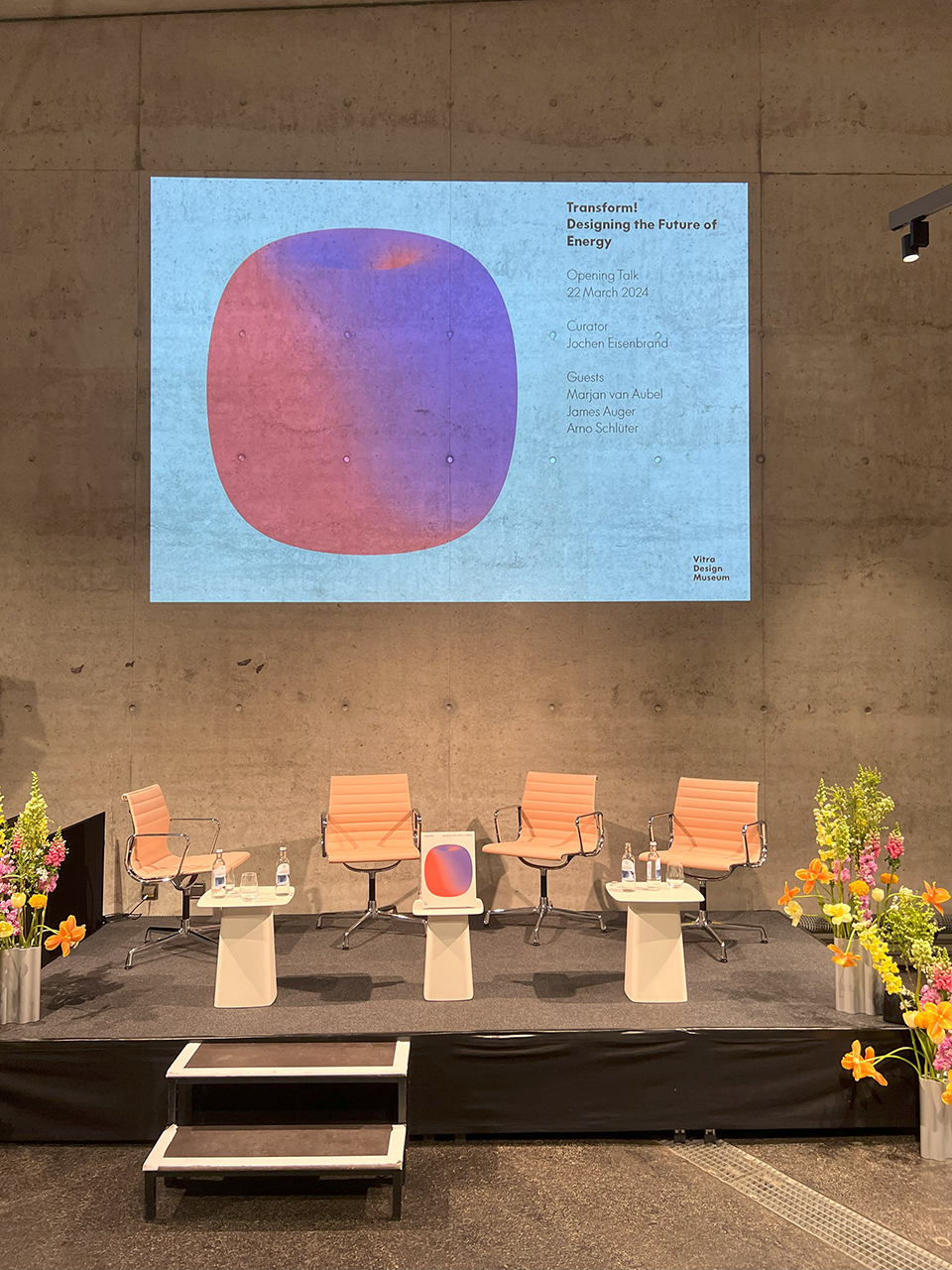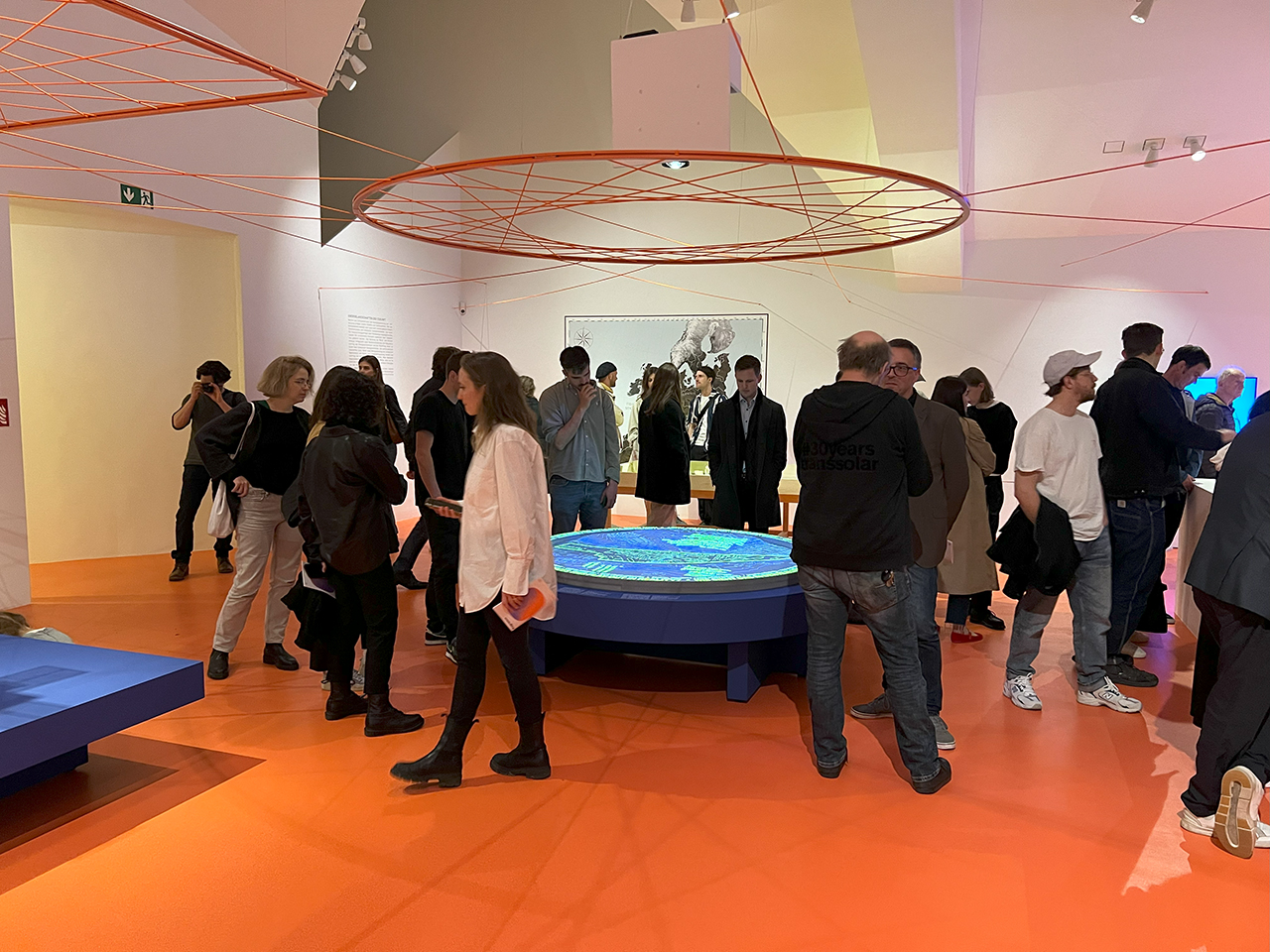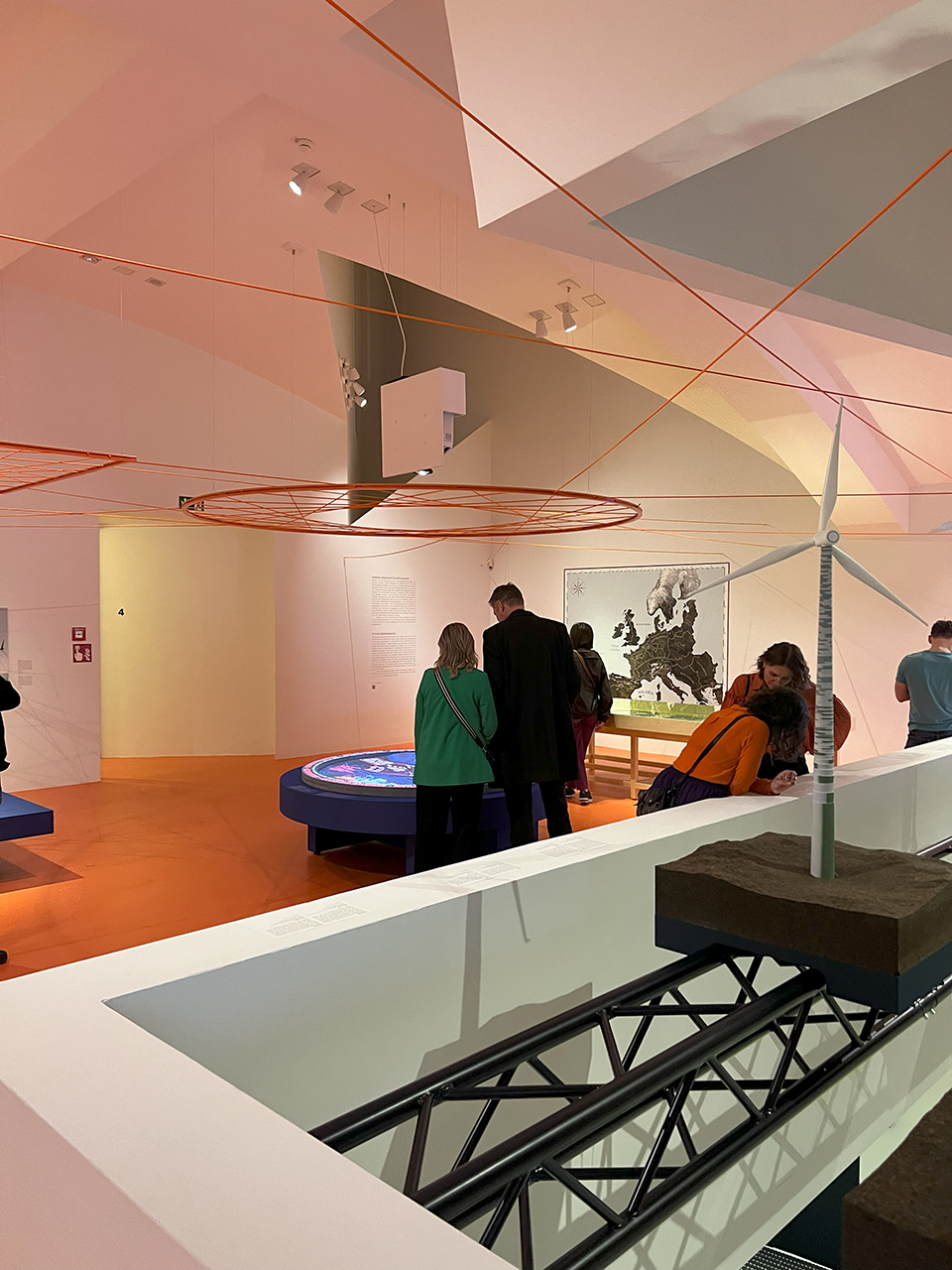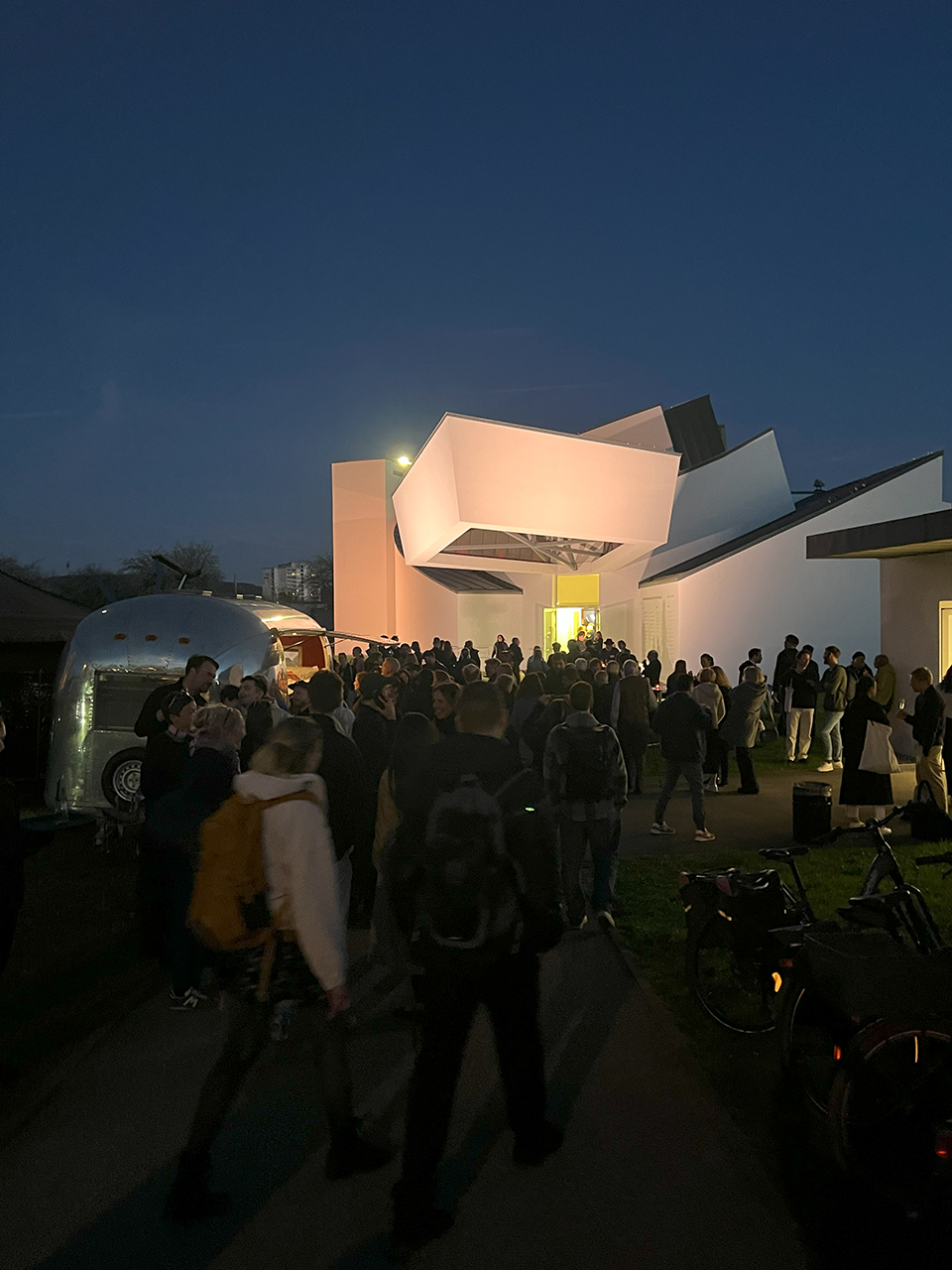Energy shapes the City | Vitra Design Museum 23.03.2024 – 01.09.2024
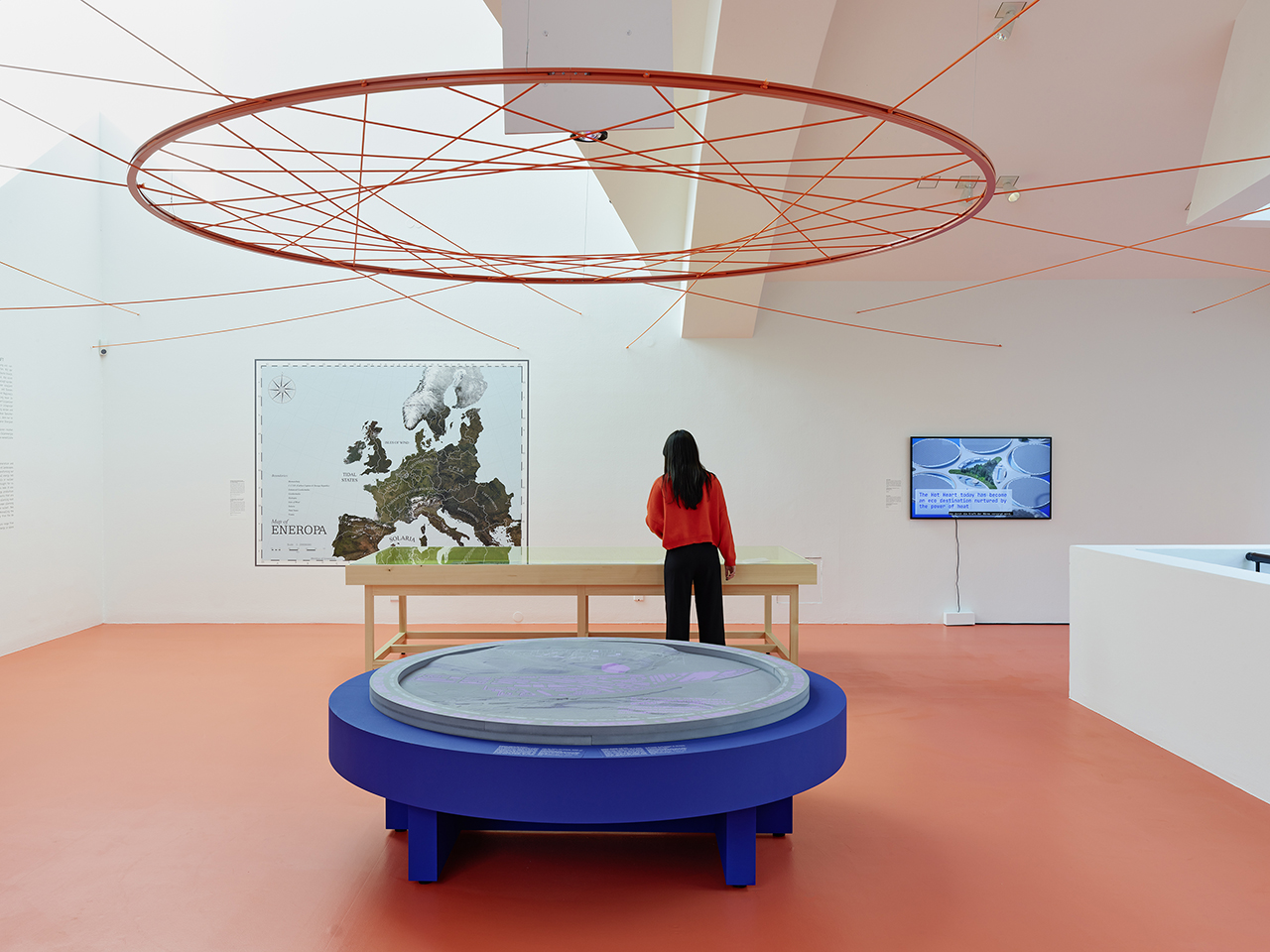
Bauhaus Earth, Transsolar Klimaengineering and Urban Catalyst are part of the exhibition Transform! Designing the Future of Energy of Vitra Design Museum that opened on March 23rd.
.......................................................................................
Accompanying installation document >
.......................................................................................
Intro
The switch from fossil fuels to renewable energy is key to meeting the 1.5°C target figure and will bring profound changes to how we live, plan and (re)build cities in the future. The installation poses the questions, “How does energy shape our cities?” The animation highlights three key categories – conservation, networking and renewables – in various aspects of urban planning in times of an energy transition by using the Dreispitz district in Basel as an example.
Energy and the City
Energy determines where and how we live and do business. The focus on fossil fuels has shaped the form of our cities so decisively that today there are structural dependencies and, on top of that, we need a lot of energy: cities consume 75% of global primary energy – especially in the areas of construction and mobility (UN Habitat). Our cities and regions are built to consume a lot of energy: Car-oriented and with buildings that were mostly built not considering energy standards.
Energy is used in all areas of life. Brewing coffee in the morning and taking a hot shower. To keep the train going and the computer running. Also, in all the materials we use – because energy was used to process them and bring them to us. This is why we need to think integrally about the many areas of life. The three steps on the road to energy efficiency are: conservation, networking, and renewables.
Case Study Dreispitz
The Dreispitz district project in Basel shows what this means in real life. The district is located 15 minutes by train from Basel’s city center. It developed in the 20th century as a commercial area under the banner of rail logistics. The Christoph Merian Foundation is the owner of the area and strives to develop the area in a future-oriented way. It is to become a mixed urban district where people work, live and learn.
Step 1 – Conservation
The more space we use, the more energy we need to heat rooms, install infrastructure, or produce materials for the buildings. Therefore, we need to scale down and move closer together. In urban development, this means densification – we are not building on green space, rather add to existing structures. If we use the existing structures, we save a lot of gray energy that is used in the production of building materials.
Step 2 – Connecting
Buildings require different types of operating energy, such as electricity for lighting and appliances as well as thermal energy for heating, hot water and, in summer, for cooling. Energy requirements vary depending on use and the time of year and day. Energy can be used most efficiently if the requirements are interlinked. While heating is required in households, waste heat is generated in laboratories, which can be repurposed.
As summers are getting hotter, more cooling is needed. Large interconnected green spaces and good ventilation cool the city naturally. This saves a lot of energy, promotes biodiversity, and creates pleasant public spaces.
Walking, cycling, and taking the train are the most energy-efficient ways of getting around. Thus, convenient connections with train- and cycle paths are needed. Low energy consumption for mobility can be very attractive if work, school, or the supermarket is within walking distance from home or the train station.
Interconnecting also needs to be considered beyond the neighborhood, because it is not possible to generate enough climate-neutral electricity or grow a sufficient amount of natural resources in the neighborhood alone. And, of course, we like to travel sometimes.
Step 3 – Renew
If we save wherever possible and utilize energy and resources optimally through networking, we will still always require energy and materials. These resources must be produced sustainably and considered within cycles. Our energy derives from the sun and the Earth. Fossil energy was created over millions of years from organic matter, once converted from solar energy through photosynthesis. Using fossil energy releases carbon dioxide and causes the climate crisis.
We therefore need to think in small cycles: In the city, we can use solar panels to use solar energy directly. By making use of geothermal energy in combination with renewable raw materials, the climate-friendly transformation of the city can be achieved.
Team and Sources
Model: cncberlin.de
Plan Base
Christoph Merian Stiftung (Owner Dreispitz)
Herzog de Meuron (Masterplan)
Rapp AG (Mobility)
Transsolar (City Climate and Sustainabilty)
Bauhaus Earth (Carbon Cycles)
GoogleMaps, Nasa, QGIS (Satelite Pictures)
